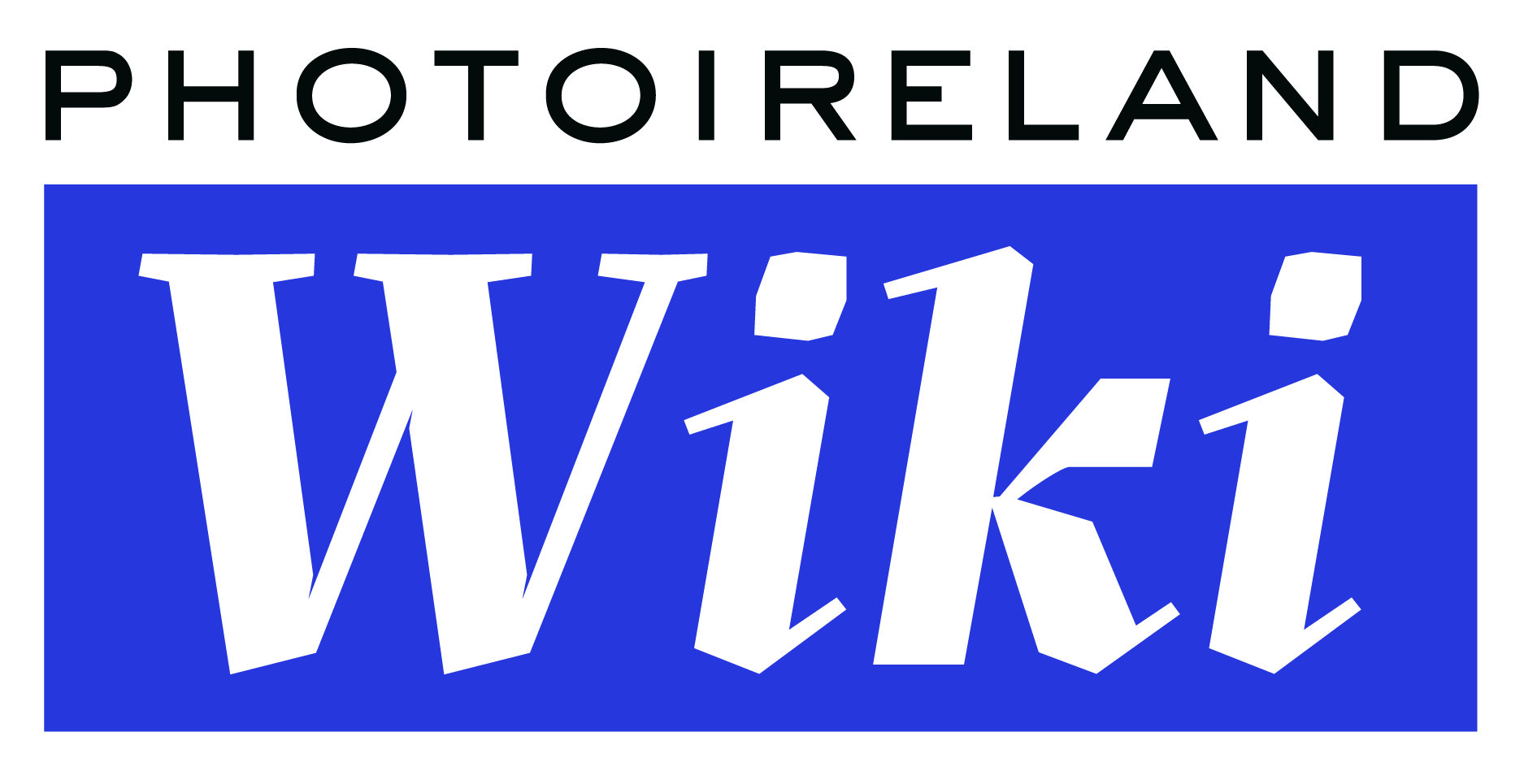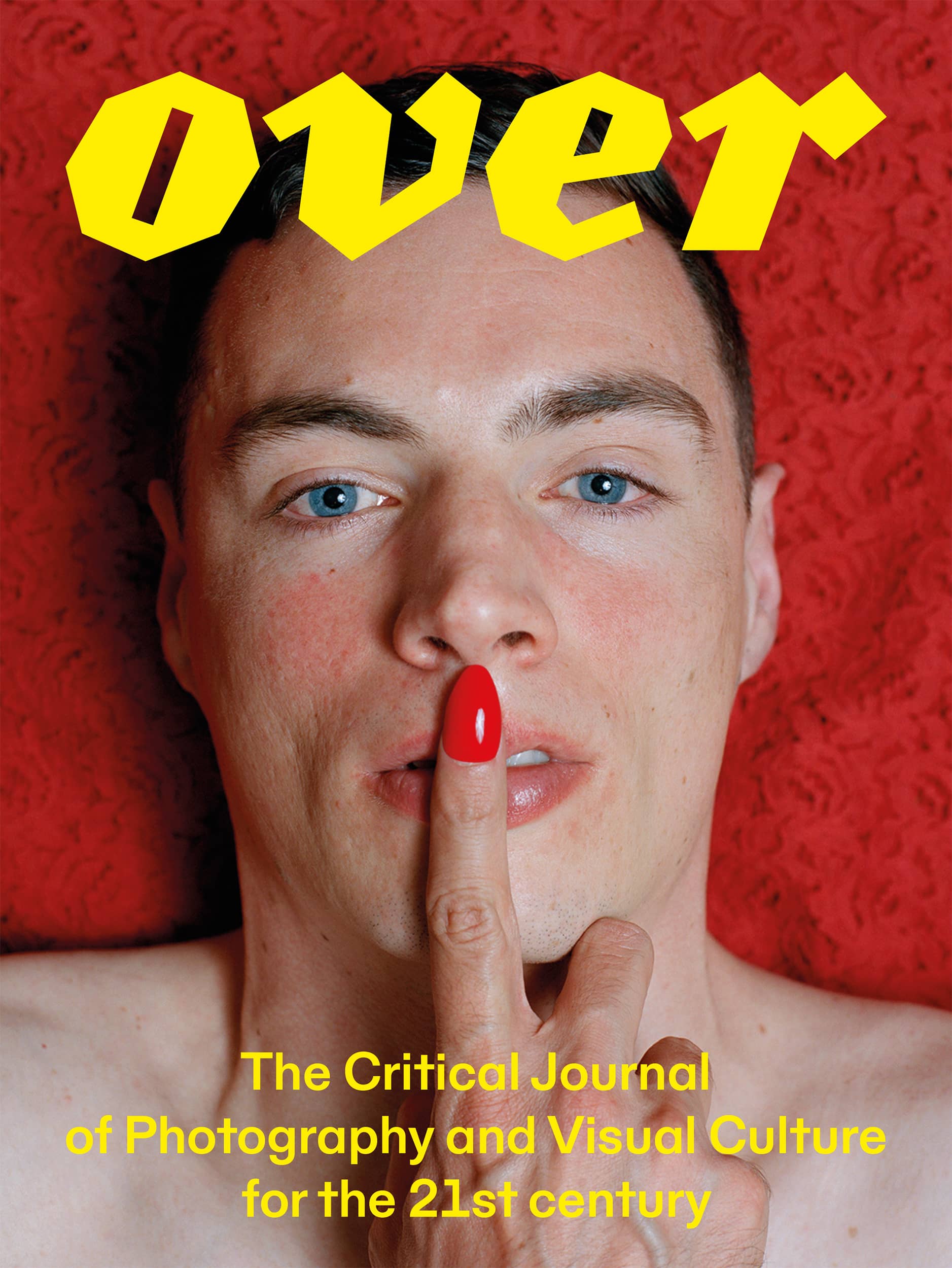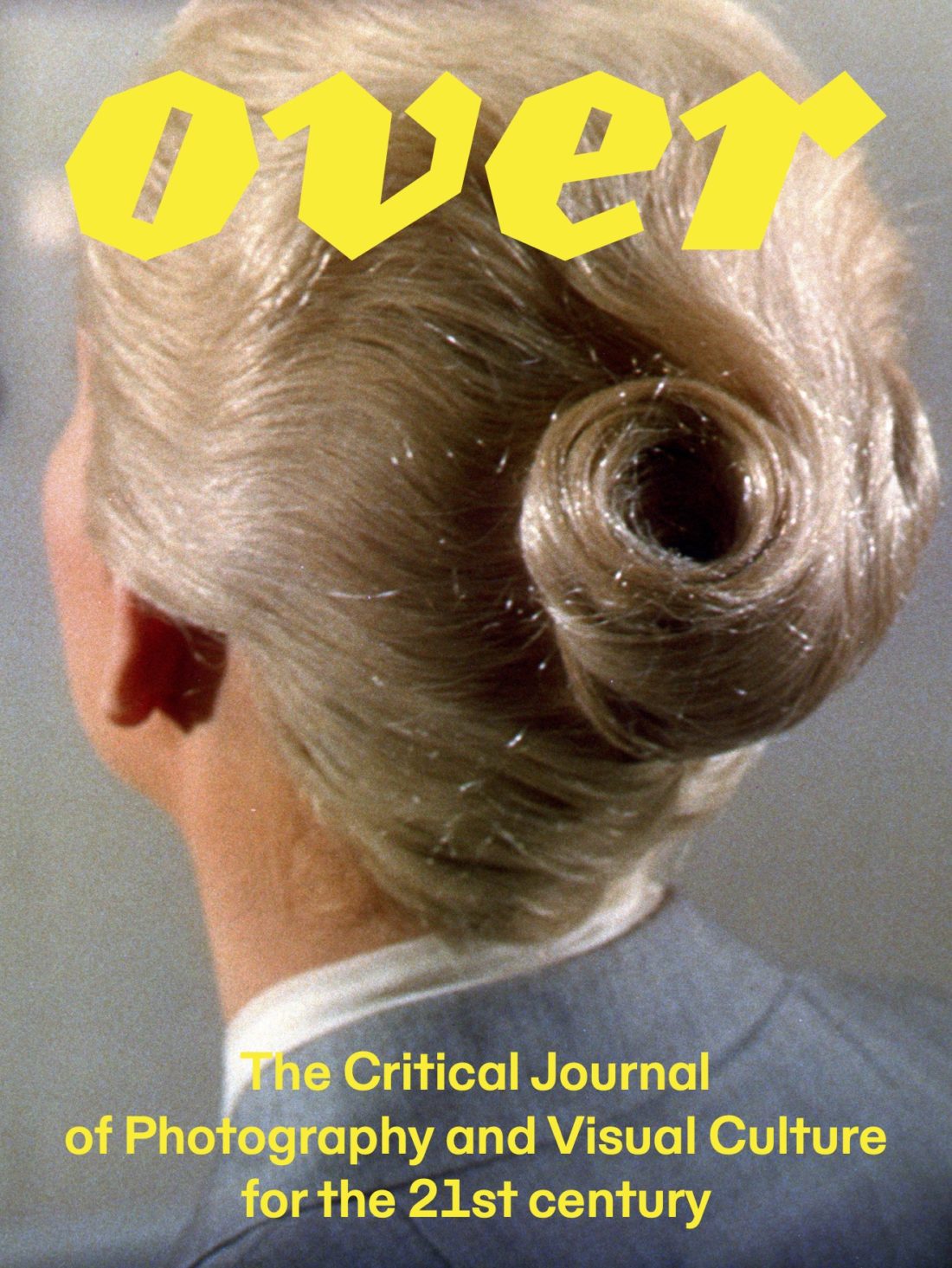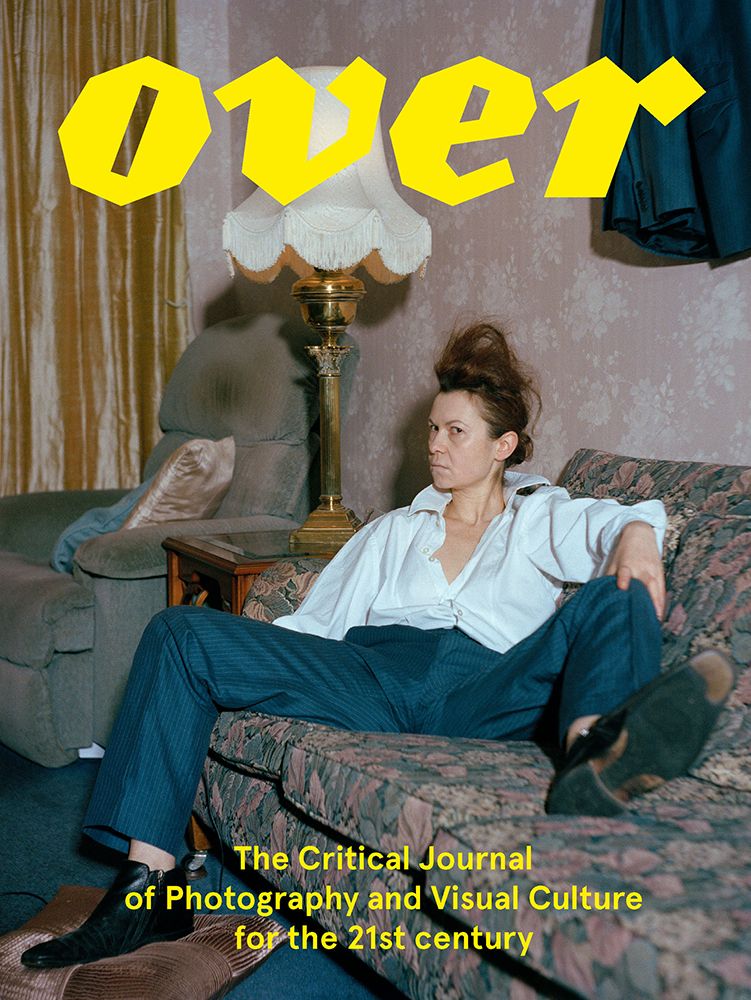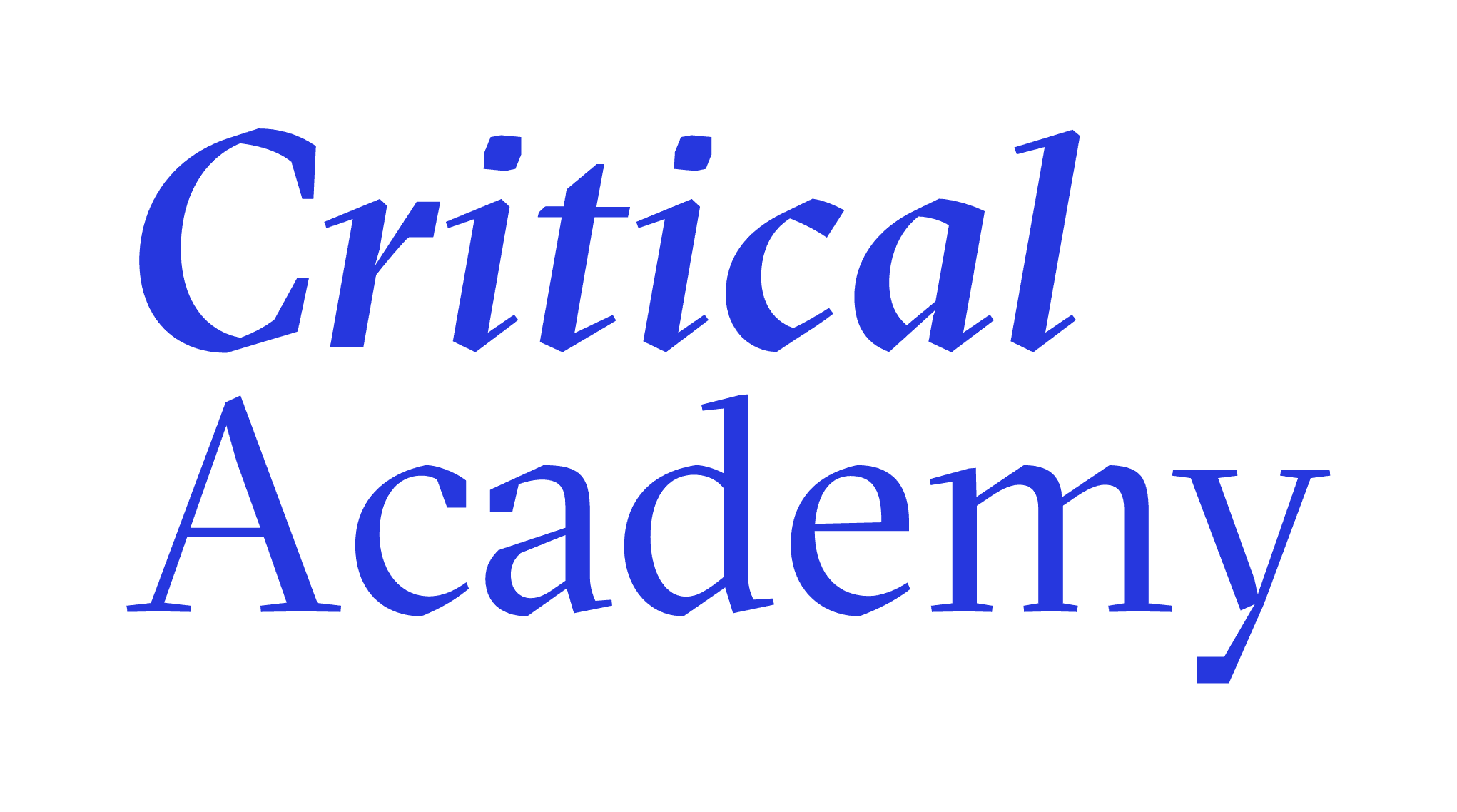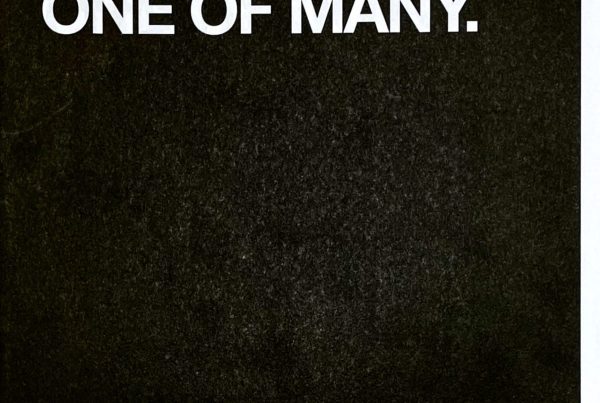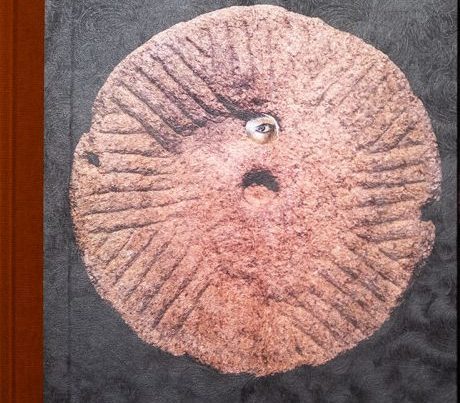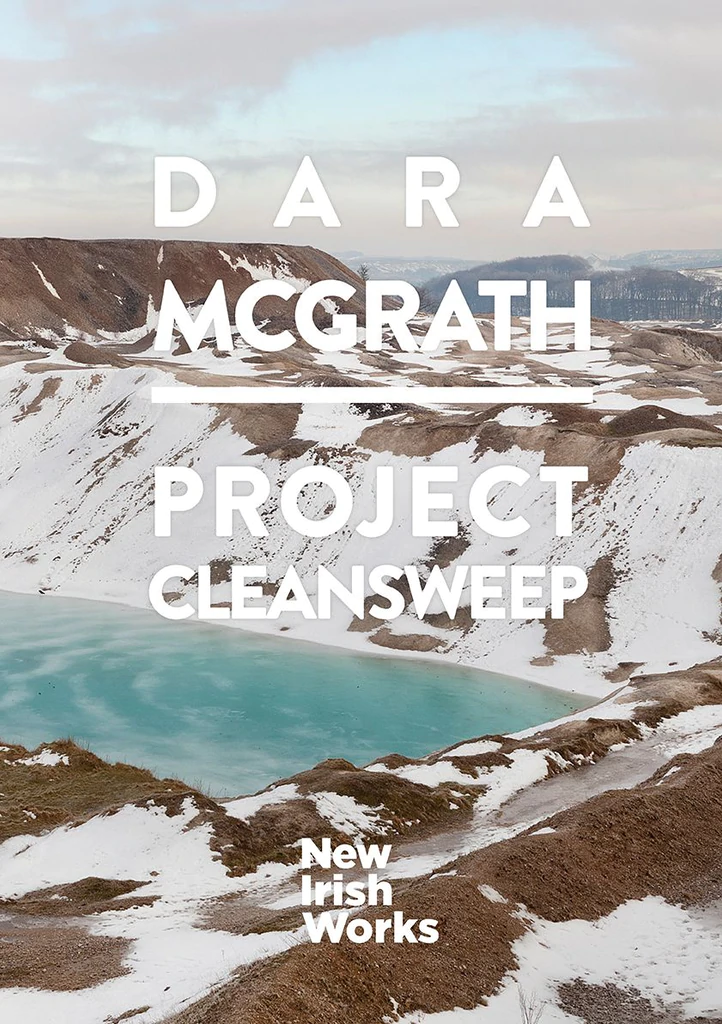

Cover
Project Cleansweep
Dara McGrath
PhotoIreland
English
Designed by Ángel Luis González Fernández
Softcover
Edition of 200
32 pages
148 x 210 mm
2016
ISBN 9780957684942
Project Cleansweep takes its name form a ministry of defence (MOD) report issued in 2011 identifying sites in the UK where tens of thousands of tonnes of mustard gas, phosgene and other lethal chemicals were, since WW1, made, processed, stored, burned and dumped in England, Wales and Scotland.
To this day such sites remain problematic even when they have been returned to civilian usage. The MoD released details of Operation Cleansweep in 2011 to provide “reassurance” that residual contamination at UK sites did not pose a risk to human health or the environment. In all 14 sites were identified in this report, and McGrath began his research by interrogating these sites. His research subsequently uncovered a further 56 sites in the UK and beyond where chemical and biological weapons were once manufactured, stored, and tested. These sites are now almost all returned to civilian use, and are now within the landscape as local bathing spots, public parks, pathways, deer sanctuaries, industrial estates and petro-chemical factories. The photographs look beyond the romanticised and nostalgic representations of military activity, and point to why art practice is a valid and productive tool for studying post-military activities and the evolving spaces of the post-military sublime landscape.
It is typical for studies into these places are nearly always directed towards the most dangerous activities and spaces, which is visually most compelling. McGrath’s aim as an artist is to connect with these military spaces by considering their banality within the contemporary landscape. By looking at how these once dark military spaces have been returned to benign civilian use, he tries to examine the loaded nature of the landscapes the public generally views as unthreatening and often as bucolic. To him however, these places are loaded with a baleful, tumulus-like appearance, resembling a tumour barely concealed under the surface of the landscape. They are post militarised environments and infrastructure, and a reminder still of what was a sustained military land grab in the 20th century, when over 371,000 hectares of the British landmass was reserved and appropriated for military use. Their partial sub-surface invisibility and cult-like detachment could undoubtedly be considered parallel to civil society and, in fact, parallel to life itself. McGrath’s approach is to consider these historical events in a way that describes a ‘current problem facing our present existence’ as chemical and biological weapons remain a clear and present danger in the world today.
About the Artist
Dara’s central concern lies in exploring transitional spaces, those in-between places where architecture, landscape and the built environment often intersect, and where a dialogue – of absence rather than presence – is created. Their practice is driven by explorations of these charged, shifting entities – buildings that have come to the end of their functionality, the changing functionality of a landscape, human interruptions in the landscape – that exist in urban, rural and suburban contexts.
About the Series
Selected by an international panel of 23 professionals, New Irish Works brings you a selection of 20 projects and 20 photographers representing the diverse range of practices coming from Ireland. New Irish Works 2016 is a year long project of 10 presentations and 20 publications that aims to highlight the great moment Irish Photography is experiencing.
About the Publisher
Founded in 2009, PhotoIreland was conceived as an organisation that would stimulate a dialogue around Photography in Ireland by developing a varied array of initiatives and events with a strong participative approach.
